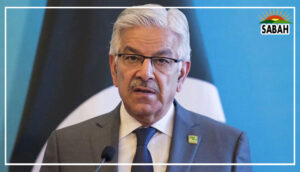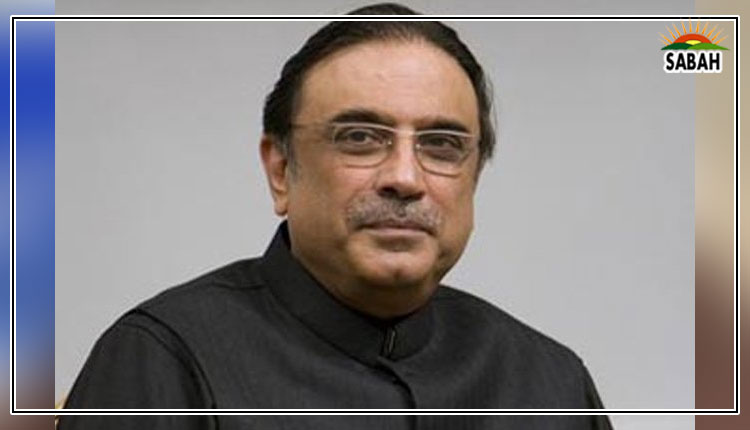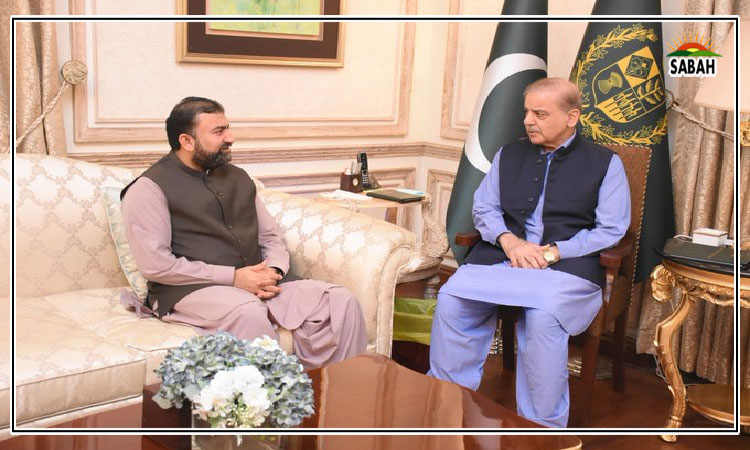The power and energy crisis …. Raashid Wali Janjua
Pakistans power and energy crisis has reached crisis proportions. The power sectors circular debt of Rs2,377 billion combined with Rs1,400 billion of the gas sector and Rs600 billion payable to PSO speak volumes of our bad management and the unsustainable structure of power-and-energy-sector governance.
Our power sector structure is flawed a combination of wrong generation sources, defective transmission and distribution system, poor bill recovery and demand management mechanism.
The failure to plan a balanced energy mix ratio, including an optimal mix of renewables and thermal-based sources has resulted in a disproportionate reliance on thermal-based sources of power generation ie 58.4 per cent. The planning failure on the supply side has also contributed to the present situation.
Supply side planning in Pakistan was predicated on ambitious projections of industrial growth. The lack of industrial development put paid to all optimistic assumptions of power consumption, resulting in a perennial imbalance between demand and supply. The total installed capacity of 43,775MW in Pakistan unfortunately does not get utilized due to lack of industrial demand and poor transmission and distribution systems.
Pakistan developed thermal-based IPPs to cater for projected demand in the 1990s with generous ROI incentives for IPP owners through attractive tariff and capacity payment terms. In simple terms, the IPPs had to be paid even if they were not producing electricity because of the take or pay provision of power purchase agreements.
Our present generation capacity that touches a peak of 30,000MW once a while in extreme weather conditions especially in summer and then plummets down significantly compels us to keep the generation capacity on idle even when not in demand, resulting in hefty capacity payments to IPPs. The demand and production gap of electricity in Pakistan is widening; against the demand of 120,392GWH, only 87,324 GWH was produced in 2018-19. According to a LUMS Energy Institute (LEI) report, Pakistan with a base load requirement of 8,000MW caters to a demand load of approximately 20,000MW in extreme weather conditions for which it has an installed capacity of over 40,000MW.
The impact of this imbalance is an increase in the cost of power generation, which, for political reasons, is not passed on to end consumers and keeps piling up in the shape of circular debt. Combined with poor bill recovery and transmission and distribution losses, the volume of circular debt keeps rising.
Also, the demand side is not satisfactory. On the demand front, Pakistan needs the actual base load of 8,000MW. Due to seasonal needs keeping houses and offices cool in summer and warm in winter the demand often rises to 30,000MW.
It is safe to say that Pakistan uses costly power generated mostly through imported fossil fuels to cool walls and roofs at subsidized rates. This indeed is an inefficient way of using costly electricity.
Now even if the temporary demand in summer spikes to 30,000MW, the solution is demand management which is avoided to keep constituencies happy. There could be several solutions to this over-capacity issue, and one of those is to increase our industrial capacity so that the present base load could be taken up from 8,000MW to 14,000MW to reduce the adverse impact of idle capacity.
The present arrangement of spending $100 billion on capacity payments to IPPs for maintaining the capacity that caters to the requirement of our domestic needs air conditioning mostly is the most inefficient way of utilizing power. Most of our IPPs are frontloaded through high capital expenditure (CAPEX) and have long tenors of debt and tariff. The renegotiation of the loan tenor and tariff terms is an option to bring down the cost of generation. But this is only a partial solution which has not borne fruit in the past.
The state of the oil and gas sector is also not enviable as the country has consumed 79.8 per cent and 66 per cent of the oil and gas reserves. With the cheap domestic gas sources drying up fast, Pakistan is likely to run out of domestic natural resources by 2030. Pakistan is purchasing costly liquefied natural gas and putting that into 186,000km-long pipeline infrastructure to burn it in domestic stoves.
The government is purchasing gas at a cost of $16/mmbtu and selling it at a cost of $2-6/mmbtu to rural and urban domestic consumers. The resulting gap in price recovery plus gas thefts and transmission losses due to poor infrastructure results in the gas sectors circular debt. This state of affairs is unsustainable. We need long-term structural reforms through better regulation of the power sector and professional management.
Pakistan needs to enhance its industrial capacity for efficient consumption of its power capacity in addition to demand management through administrative measures like weather-friendly house designs, installation of smart metres and AMRs, plugging thefts through an overhauled transmission and distribution system and the gradual altering of energy mix, enhancing the share of hydel and renewables like wind and solar energy.
Price signalling is one of the effective tools to control energy waste. The cost of piped gas needs to be realistic and the exploration of the domestic oil and gas resources be expedited through special incentives to E&P companies. Pakistan needs an upstream regulator in the oil and gas sector along with the merger of Nepra with Ogra to bring more synergy in energy planning. The country also needs refinery policy urgently to help refineries upscale their productivity.
Pakistan should take some immediate steps like bold reforms, expert presence in the power and energy ministries, merger of regulators, right price signalling, and ramping up of oil and gas exploration through special incentives. We also need to plug thefts through innovative technology and overhaul faulty transmission and distribution infrastructure. Pakistan must effectively use 4,500MW of captive power capacity for peak load demand management. We can either go ahead by adopting these reforms or drown in circular debt.
The writer is a security analyst and a PhD scholar. He can be reached at:
rwjanj@hotmail.com
Courtesy The News












